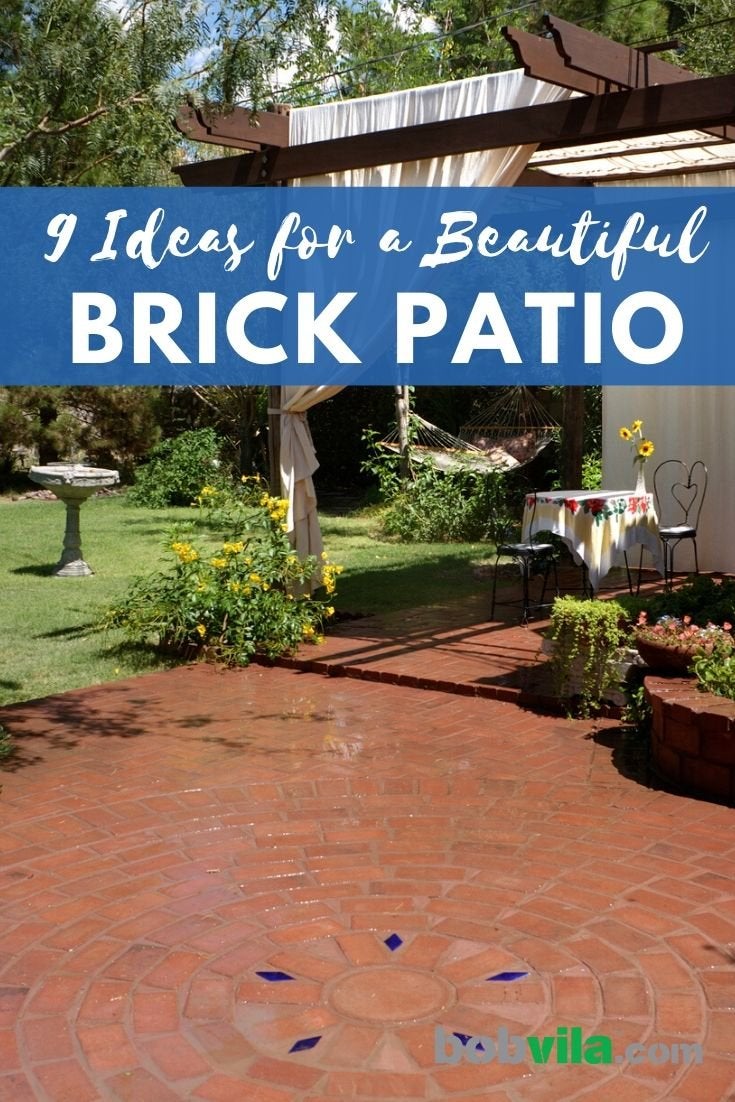We may earn revenue from the products available on this page and participate in affiliate programs. Learn More ›
Build your dream patio brick by brick.
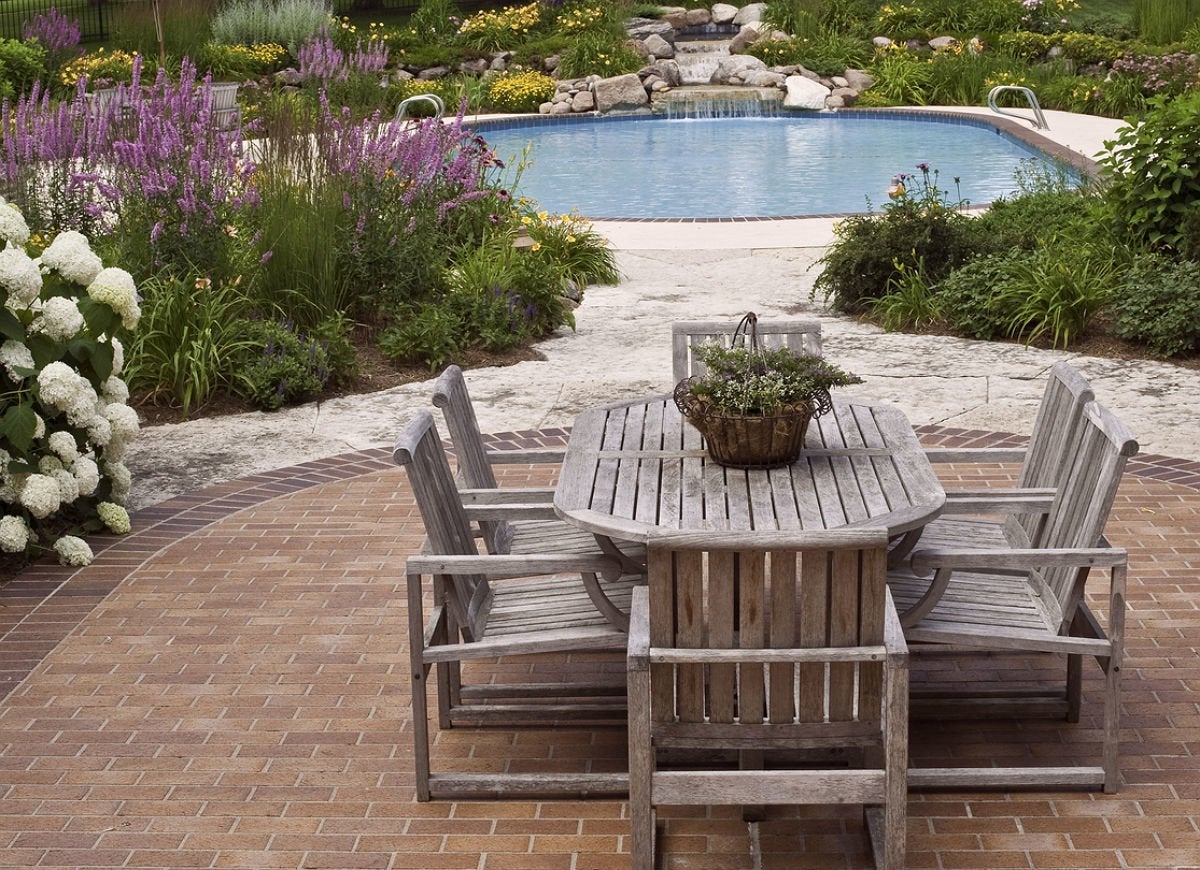
Choosy homeowners choose real brick to pave their patios for its rugged beauty and resilience. It’s also wallet- and DIY-friendly: You can install a brick patio for $10 to $15 per square foot using one of two straightforward methods. With the dry-laid method, you’ll put compressed bricks known as pavers directly over a sand or crushed stone foundation. The more involved mortar-set method involves pressing brick pavers into a mortar foundation atop a concrete slab with crushed stone underneath.
Beyond the construction considerations for a brick patio build, including location, size, and shape, the fun part is deciding on the design: the pattern and color of the patio brickwork and what, if any, surrounding structures and materials will best complement it. Then, once you get the results you hoped for, you’ll want to keep your brick patio looking its best. Ahead, all the tips you need to design and maintain the perfect brick patio for your backyard.
Keep it simple with the straight set brick pattern.
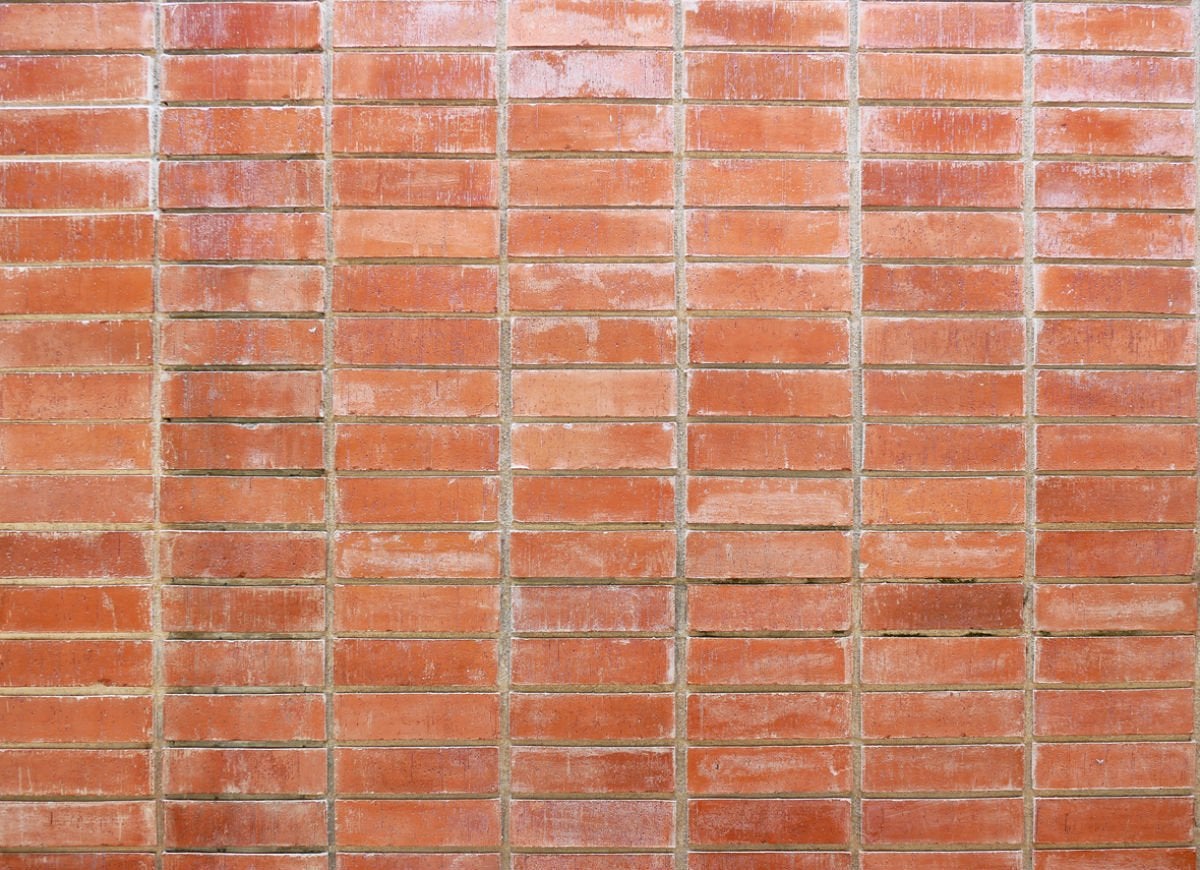
For timeless elegance and an easy install, this pattern consists of rows of horizontally oriented bricks stacked on top of each other and side by side in a grid. Because the joints of each brick align with those of the brick above and below with no offset, installation usually involves simple measurements and no need for cutting individual bricks before placement. If you like a minimalist motif and your patio is on the small side, enlarge its appearance with a vertical straight set. In this pattern, bricks are laid vertically instead of horizontally, and the long, striped effect makes a petite patio look pretty impressive.
Offset the ordinary with the running bond pattern.

Versatile and visually varied, offset brick patterns work in classic or contemporary brick patios. For traditional appeal, opt for a 50 percent offset consisting of rows of brick laid horizontally so that each brick joint lines up with the center of the brick above and below it. To modernize the pattern, choose the more striking one-third offset pattern whereby each brick joint is offset by 33 percent of the length of the brick below it to evoke diagonal lines across the patio. In both designs, partial bricks help fill in spots where full bricks won’t fit, which means you’ll have to cut the bricks before placement, preferably with an angle grinder (a handheld grinding tool) affixed with a diamond blade.
Evoke movement with a herringbone pattern.
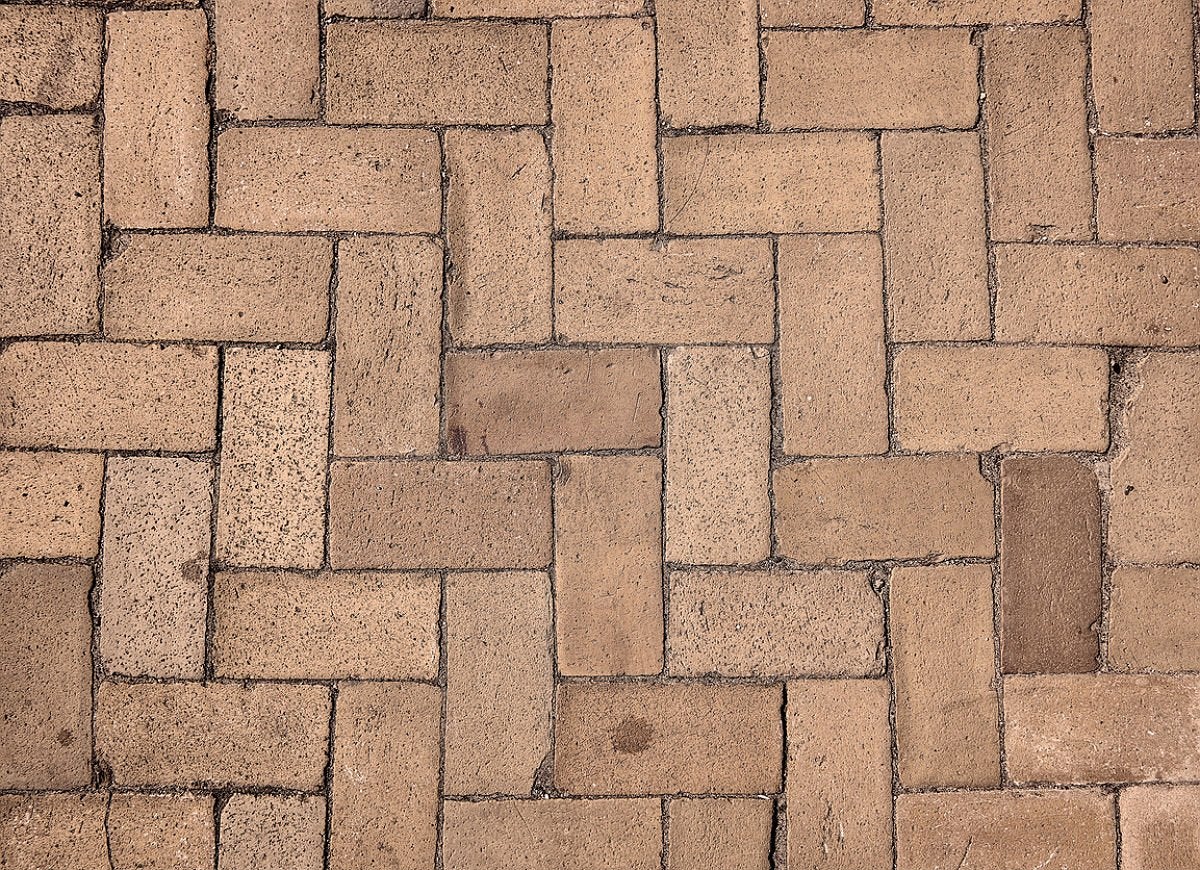
A millennia-old motif, this pattern consists of bricks laid in a repeating L-shaped arrangement so that the end of one vertical brick meets the side of a horizontal brick at a right angle. The resulting design, resembling a fish’s skeleton, adds an energizing sense of movement to the surface. The interlocking arrangement of bricks also makes it one of the strongest and most impact-resistant patio designs, capable of withstanding even the heavy weight of lawn equipment with less risk of the bricks buckling underneath.
Give it a whorl.

The patterns described above can be installed in a square, rectangular, round, or freeform patio. But if you have a round patio, consider a whorled pattern to accentuate the contours and draw attention to a focal point at the center of the patio, such as a dining table or fire pit. The circular pattern consists of concentric rings of vertically or horizontally oriented bricks laid side by side. Gaps within rings are usually filled with individual slivers of brick, which is why the pattern demands more measuring and cutting than any of the patterns above.
Give garden beds an edge.
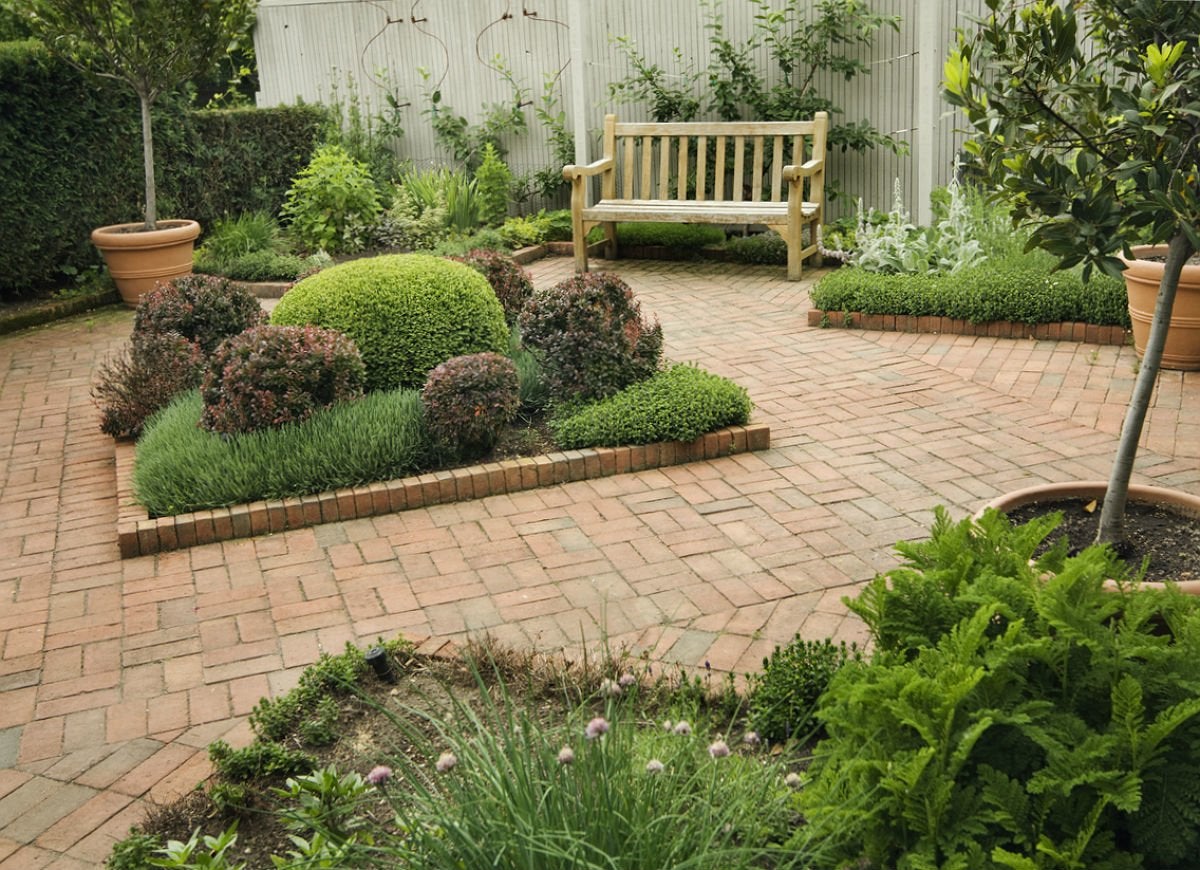
If you have a shade tree, in-ground flower bed, or raised bed of seasonal vegetables on the perimeter of your patio, install brick edging around it for cohesion with the patio and to accentuate the plants. Not merely attractive, the brick edging benefits plants by keeping trampling feet away from garden beds, preventing problematic soil compaction. The edging will also help pest-proof your garden beds because unwanted invaders like snails and slugs will have a harder time inching up the brick and into garden beds to feed on foliage.
Make a smooth transition with brick exterior siding.
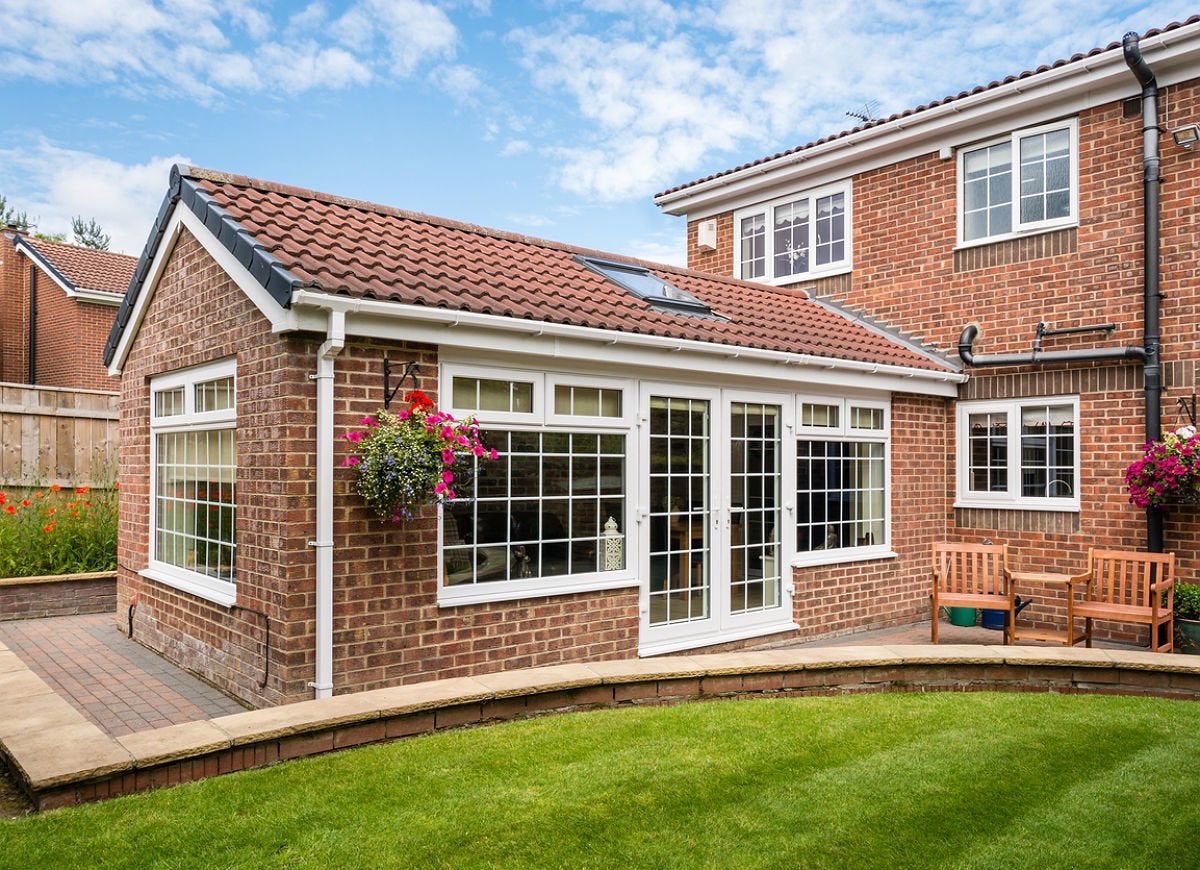
For a bold, colonial-inspired look and a more seamless transition from the home to the patio, pair a brick patio with brick exterior siding. Brick, after all, is a natural choice for the home exterior; it doesn’t rot, dent, or attract termites as do wood and some engineered wood products. If re-siding isn’t in your budget, perhaps a brick doorway surround or brick exterior columns can lend a cohesive look at a more affordable price.
Pick coordinating brick colors.
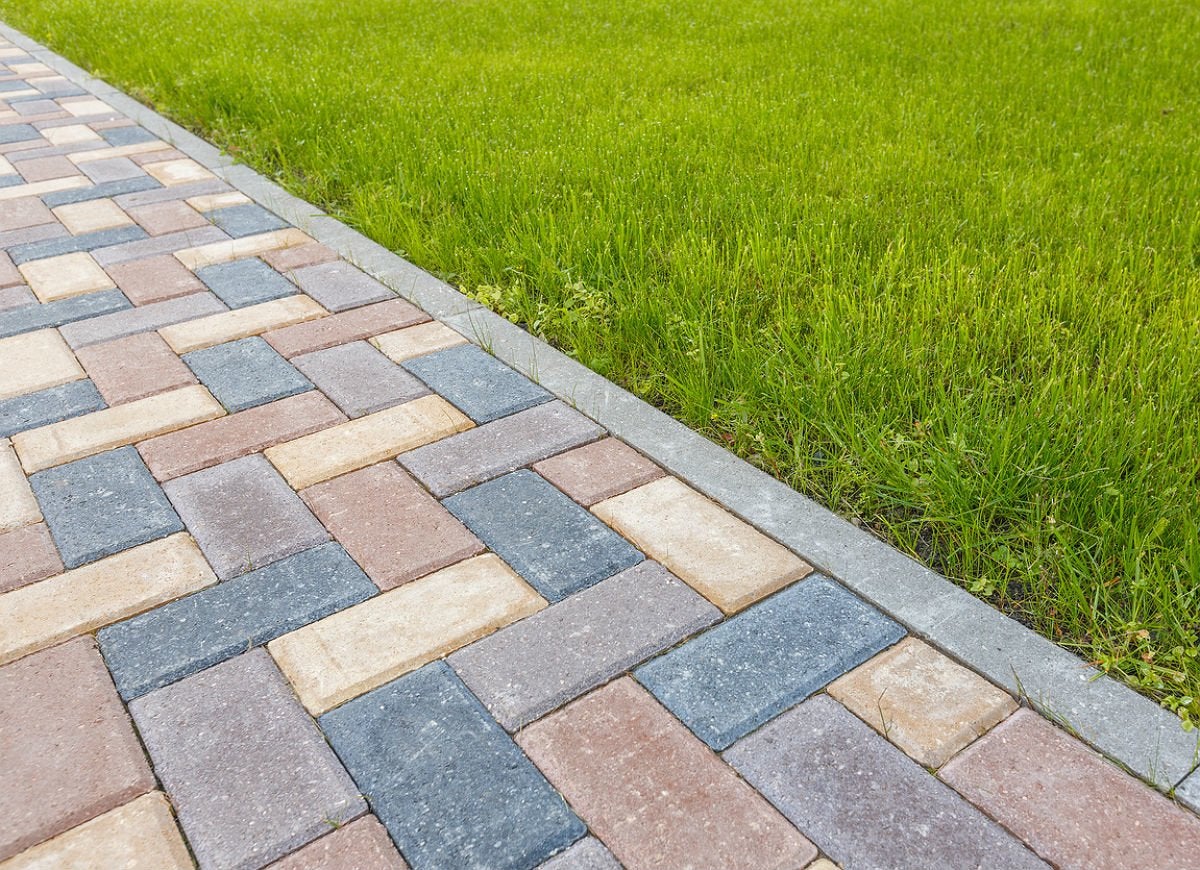
When deciding on patio brick color, aim for harmony with other exterior features. For example, if your home has a rusty-red brick exterior siding, opt for light red, pale pink, or burgundy bricks for the patio to achieve a palette that’s monochromatic but overpowering. If you prefer a multi-colored exterior, choose light or dark neutrals, including gray, tan, beige, sand, or dark brown, for added contrast between the patio and the home. Or introduce color variety into the patio by alternating bricks in complementary tones. For example, you might alternate red and pink bricks in a straight set patio, or use dark brown full bricks and tan brick slivers in a whorled motif.
Mix and match with complementary materials.
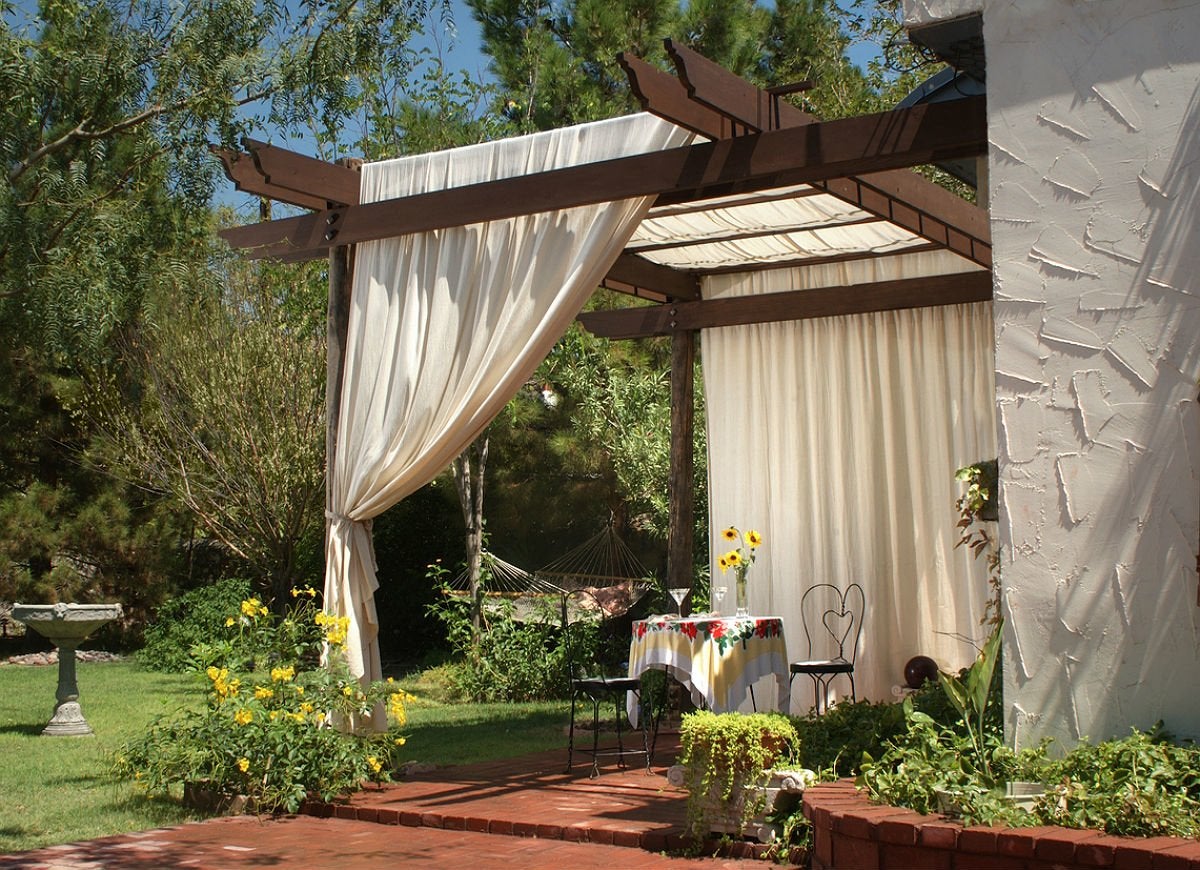
The versatility of brick knows no bounds. In addition to tying in nicely with other brick exterior features, a brick patio looks right at home alongside wood, stone, and metal. A brick patio adds to the yesteryear appeal of homes with a wood pergola or stucco exterior. You can also pair it with a wrought-iron fence or steel patio furniture for an industrial aesthetic.
Keep up with patio maintenance.
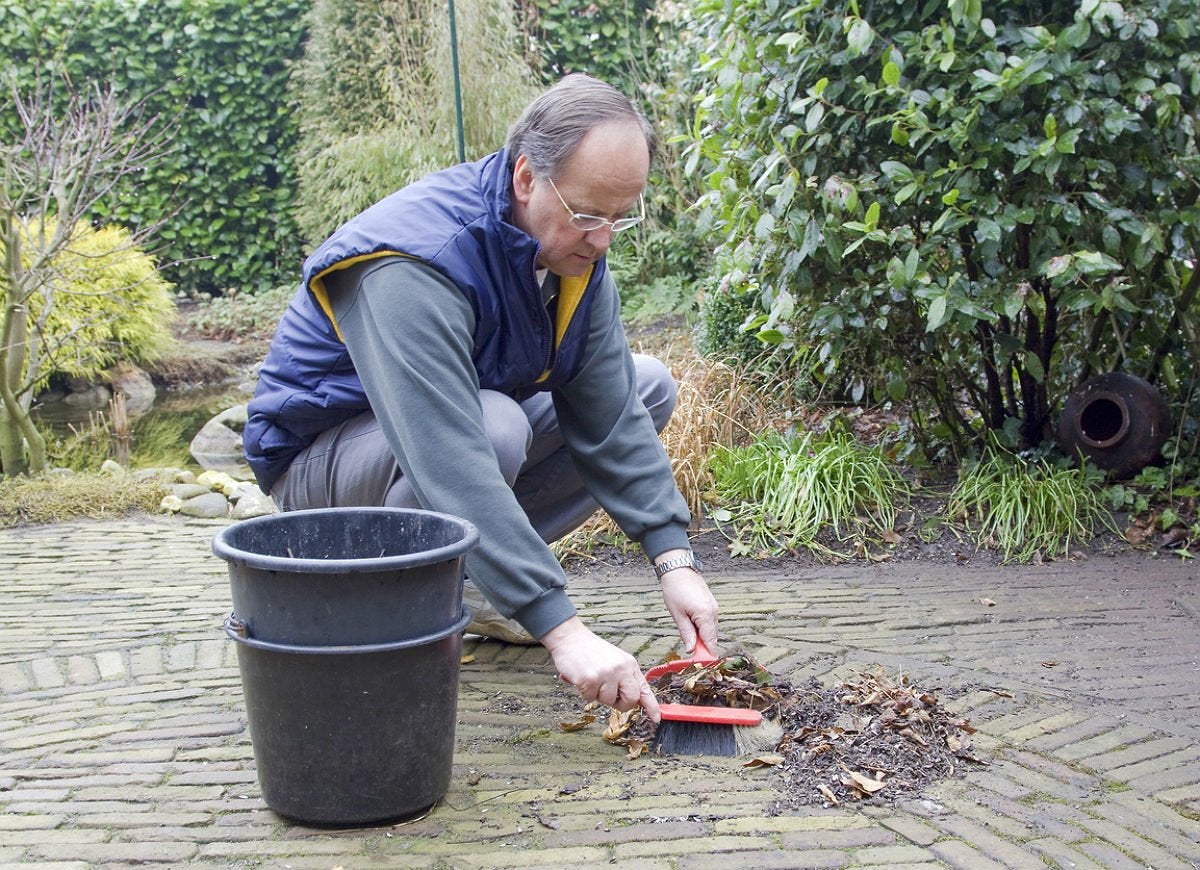
Brick may be an easy-care material, but you’ll still want to follow these tips to keep your patio tip-top:
• Sweep away loose debris that accumulates on the patio with an angle broom with long, angle-cut bristles that can reach into brick joints.
• Every two years, rent a pressure washer (available for around $30 for a half day at The Home Depot) to remove grime and stains and restore the original brightness of the brick. Generally, a pressure setting of 3,000 psi is sufficient for cleaning brick. Avoid using a sandblaster attachment on the pressure washer; it can degrade the brick surface.
• After pressure washing bricks, apply a clear exterior brick sealer (e.g., KILZ Interior/Exterior Masonry Sealer, available on Amazon) to help keep dirt, oil, and stains at bay, inhibit the growth of weeds and mold, and boost UV resistance to keep brick from fading in the sun.
• If individual bricks shift, crack, or otherwise become damaged over time, identify and correct the underlying problem, if any, which could be a non-level brick foundation, poor-quality bricks, or improper brick foundation materials (e.g., using decorative crushed stones that aren’t designed for use as a foundation material). Then replace the bricks in the affected area of the patio.

Save Energy While Staying Cozy
Today’s energy-efficient space heaters warm individual rooms, so users needn’t heat unoccupied areas of the house. We tested the most popular space heaters on the market to find out which ones performed the best.

